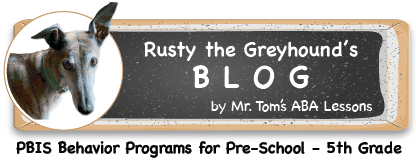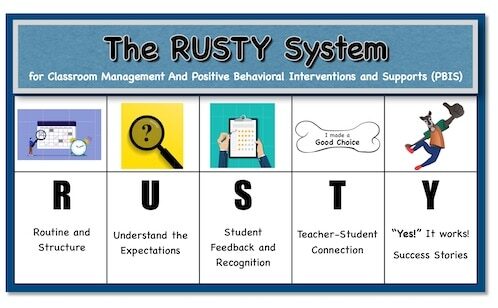During my second year as a PCA, I began working with a student right around Thanksgiving. His behaviors were so extreme that he had been expelled from his school district and was placed in an emotional support (ES) classroom. Even within this ES class, he struggled to stay on task, complete assignments, refrain from conflicts, and make positive choices.
In my attempt to connect with him, he candidly expressed, “I don’t trust adults.” We engaged in conversations about how I had never given him a reason not to trust me. Over the following months, we discussed the choices he made, and he gradually realized that I genuinely believed in him and had his best interests at heart. While I maintained a professional teacher-student relationship, his behaviors underwent a significant transformation.
By the last month of school, he had successfully transitioned to full-time participation in regular education classes, established friendships, and I was no longer assigned to work with him. Although it was neither an easy nor quick process, building a teacher-student relationship proved to be effective. It’s important to note that the key isn’t necessarily becoming their friend; rather, it involves establishing a connection built on trust and support. Simply trying to befriend them may not yield the same positive outcomes.



